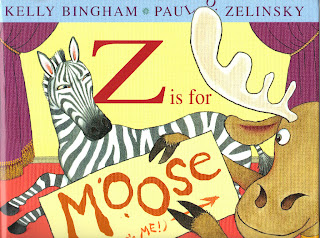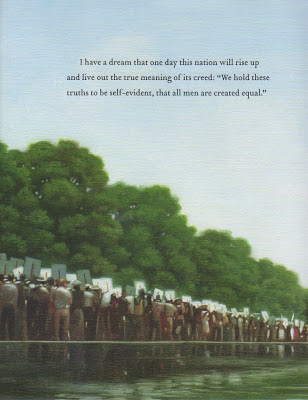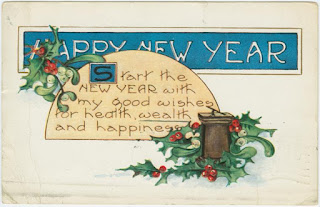I grabbed
The Lions of Little Rock from the top of my TBR pile and stuck it in my purse to read on a long subway ride. But, once I started it, I apparently didn't want to put it down because I missed my stop and had to backtrack. I was literally a captured audience by the end of the first paragraph. I had, of course, read the
NY Times Review of this novel, but even that glowing review didn't prepare me for what I found.
Some background: In September 1957, nine African American students were the first to enroll in Little Rock Central High School. Enrollment was carried out under the protection of federal armed guards. Known as the Little Rock Nine, these students were subjected to all kind of physical and verbal abuse by some of the while students. In September 1958, the Governor of Arkansas took matters into his own hands and, together with the school board, ordered four public high schools closed rather than allowing them to be de-segregated. The high schools stayed closed for a year, the so-called Lost Year. As a result, race relations and tensions were running high. It is against these momentous events that
The Lions of Little Rock unfolds.
In the last few years, a number of really excellent books about the integration of schools in Little Rock, Arkansas have come out, bringing a new awareness of this courageous struggle to a new generation of readers and maybe even a few older generations readers. I knew about the Little Rock Nine, but I didn't know about the subsequent Lost Year. Now, in The Lions of Little Rock, Kristin Levine explores how that Lost Year affected the lives of two Junior High School girls during that year.
Marlee Nesbit is a painfully shy girl, unable to speak to almost anyone outside of her family and who, because she can't verbally defend herself, is pushed around by other people, including her so-called best friend Sally, or is taken advantage of by others. In contrast, Liz Fullerton is confident, outgoing, seemingly afraid of nothing and no one. Both girls are intelligent, good students who want to do well. So when Liz talks Marlee into doing a joint school project together, their first task is to teach Marlee how to speak in front of the class. And Liz comes up with a clever plan. Knowing Marlee's love of math, she promises to give her a book about Magic Squares if she succeeds. Meeting in front of the lion's cage at the Little Rock Zoo, a safe environment for Marlee, they practice and practice ways to get Marlee to speak.
But, after all that hard work, on the day of their presentation, Liz doesn't show up for school. Rumors are rampant that Liz is really a Negro, a black girl passing for white in an segregated school. Marlee is devastated by the news, but decides to do the presentation anyway.
Liz helps to change Marlee's life by helping her find her voice, but she also forces Marlee to really look inside herself and examine her own feelings about blacks and segregation and integration. For Marlee, having a voice also meant some soul searching. Passing for white was a mighty dangerous thing to do in 1958 Arkansas, but Liz had to courage to try in order to get a better education than what was otherwise available to her. Understanding this, Marlee realizes it is time to act in order to reopen the public schools for everyone:
"I cared. Helping Liz and leaving notes for Mother and sending candy bars to Judy was nice, but it wasn't enough. Not when there might be more that I could do." (pg 132)
Can one 12 year old girl make a difference in the very volatile issue of discrimination?
And yet,
The Lions of Little Rock is not a story about a white girl who comes out of her shell in order to make things OK for the black people in her life, not matter how much she likes them. This is a story about a friendship set in a turbulent historical period and of how a true friend can sometimes give us courage that we might otherwise never have discovered in ourselves. True friendship is a two-way street and we see exactly how that can play out in this novel.
The Lions of Little Rock is one of my favorite coming of age books of 2012, everything about it is just so spot on. Levine has done a wonderful job researching her subject and I thought that putting the idea of the Magic Square at the heart of Liz and Marlee's friendship pure genius. Friendship, like the Magic Square, should always yield the same sum, no matter what happens.
What is a Magic Square? They have been around forever, and was a shared fascination of Liz and Marlee's. "The simplest was a three by three square with the numbers 1 to 9 arranged so that every row, column, and diagonal added up to 15" (pg 27)
An excellent discussion guide for
The Lions of Little Rock with related reading activities and author interview is available
here.
This book is recommended for readers age 11+
This book was purchased for my personal library





















































